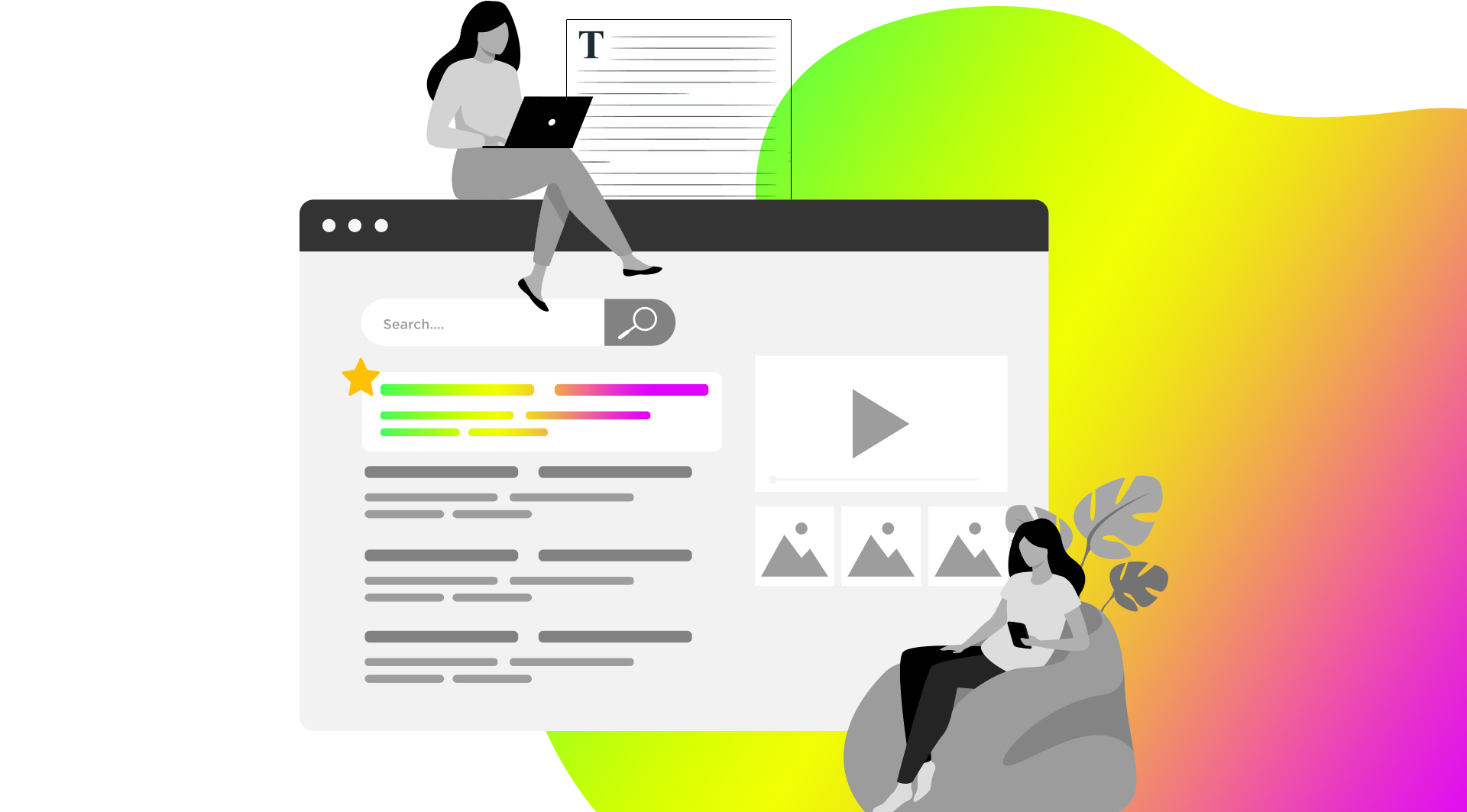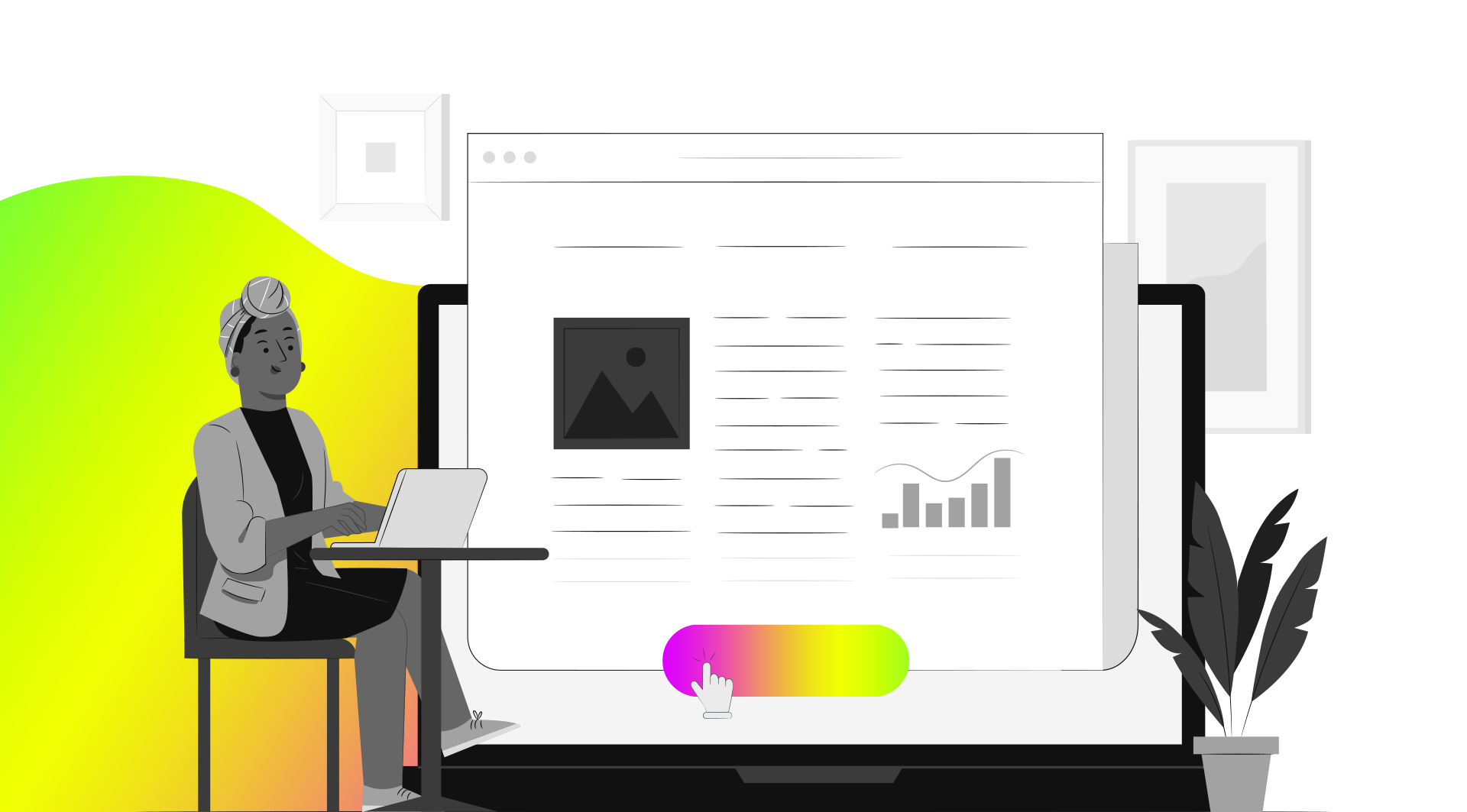Watch or listen to this post here!
What is a Flesch reading ease score and how can you improve it?
Updated May 11, 2023
In a marketing age in which content is king, just about every business is getting on board with content creation. With 69% of B2B marketers having a SEO content writing strategy in place, it is essential for businesses to create solid blogs, landing pages, and other written digital marketing materials.
With the saturation of content on the market, it is crucial to not only create content, but to do so in a way that is both engaging and understandable. Though there are multiple factors that contribute to compelling content, what if we told you that the secret to getting the best content can be found in a formula?
How Does it Work?
The formula that we’re referring to is called the Flesch reading ease score.
This score is revered as one of the most popular and established readability formulas, and its origins come from the writer and author Rudolph Flesch, who developed the formula in 1948.
Overall, a Flesch reading score is used to appraise how readable and understandable a piece of text is. It is still used in a variety of environments, from school settings to content creation for businesses. According to Readability Formulas, the level of reading ease is measured by this range of scores:
- 90-100: Very Easy
- 80-89: Easy
- 70-79: Fairly Easy
- 60-69: Standard
- 50-59: Fairly Difficult
- 30-49: Difficult
- 0-29: Very Confusing
In content creation, most people would agree that a standard Flesch reading score should be somewhere between 60 and 70.
Why Should My Business Care About Flesch Reading Scores?
Overall, a solid Flesch reading score equates to content that is easy to follow. It can help immensely with your search engine optimization on Google and other popular search engines. At the end of the day, a search engine’s main goal is to favor the content that is most valuable and helpful for solving a searcher’s inquiries. So, the easier and more readable your content is written, the higher chance you have for pleasing the finicky algorithms.
How Do You Improve Your Flesch Reading Score?
So you want to bring your content to the optimal Flesch reading ease score? Here are 4 tactics to remember next time you’re looking to improve your content’s readability:
#1 Use Concise Language
One of the easiest ways to streamline your content for a better Flesch reading ease score is by avoiding all of the extra fluff. It might be tempting to show off your abilities through impressive word choice, but in reality, this can harm your content more than help it. The last thing you’d want is for readers to feel bogged down or confused by the language you integrate into the content.
Three ways to simplify the language of your content is by:
- Ditching the overly complex jargon and phrases that aren’t accessible to beginners in your industry.
- Avoiding flowery and over-the-top adjectives that don’t add much value to your sentences.
- Choosing an active voice over a passive one every time you write.
#2 Simpler, Straightforward Text
The most readable content is the type of content that gets to the point. A key aspect in the determining of a Flesch reading ease score is calculating how long sentences, words, and syllables are. Because of this, content that has a simple and concise text structure will perform better and is much easier for readers to skim and quickly digest.
Some of the structural elements to shorten up include:
- Paragraphs: Always stick to paragraphs that are up to 5 sentences at the very most! Less than 5 is even better.
- Words: Whenever possible, choose words with the fewest number of syllables. Sometimes the simplest of words pack the biggest punch.
- Sentences: Avoid confusing run-on sentences with excessive commas and semicolons.
#3: Have a Strong Grasp on Your Target Audience
As mentioned earlier, the 60 to 70 range is the score you are usually aiming for. But sometimes target audiences can look and act differently from one another. For example, writing to a group of middle-aged scientists versus writing for a group of teenage girls might require a different level of readability.
Because of this variance, depending on who your target audience is, sometimes there are exceptions to the Flesch reading ease score rules in order to appeal the best to your unique reader. Flesch reading ease scores that are higher than average will go right over the heads of less educated or mature audiences, while an average score might appear overly simplified to a group of very complex thinkers. To write in a readable manner, you must fit the scope of interest, knowledge, and expertise of those you wish to reach.
To find the Flesch score that is perfect for your specific audience, think about these questions:
- What is the education level of my target audiences? Are they just graduating high school or Ph.D. candidates?
- Does my audience understand industry jargon and slang?
- Does my reader speak and articulate their thoughts in a formal or informal way?
#4 Outsource Your Content to an Agency
Sometimes an outside perspective is just what you need to improve your readability score.
Since you are an expert in your business, it is probably hard to remember what it was like to not understand the key aspects of your industry, field, and product itself. Sometimes it takes a content agency to understand the most readable structure, word choice, and tone for explaining ideas to your target audience.
Get Started With Talented Professionals Today
Looking to improve the Flesch reading score on your site’s copy? Contact Amplihigher if you are interested in learning more about our copywriting services! and need to hire a group of copywriters equipped with the tools to craft readable content for any business sector.






